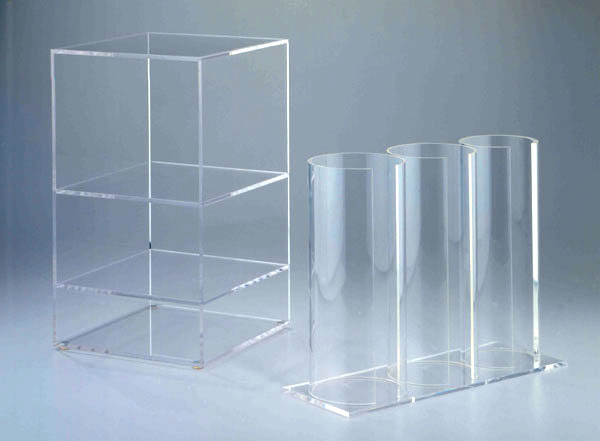
The Distinctions Concerning Cnc Machining And Vacuum Formation
So why even opt to fabricate plastic materials? For starters, plastic manufacturing commonly has the benefit of having comparatively fast finish times, and unlike the majority of materials there’s also the choice of colouring plastic prior to manufacturing, instead of after. It’s high malleability is the reason why it possesses a reasonably low melting temperature, and it’s also more lightweight than many other resources – these two elements simplify the production operation. Furthermore, plastic materials are relatively inert and thus possess higher chemical resistance. In spite of these benefits, plastic is however unsuitable for purposes which require a high structural integrity, and is extremely vulnerable to wear and tear in the long-term.
Breakdown Of CNC Machining
CNC machining is a computer controlled subtractive process, that removes material from plastic as a way to generate the desirable form. The computer is high-tech, with the capability to change a model into figures by using a computer assisted design software program. The numbers are able to control the machine to cut the desired form. To set up, the machines need an intermediate step in the creation and validation of tool paths. Once the machine obtains the tool paths, the subtractive process is launched. Once the assembly is finished, the component is washed, smoothed, and cut.
For low volume plastic component requests that call for tight tolerances and forms which are difficult to shape, machining is perfect. CNC machining also has minimal to medium initial costs, and can produce top quality plastic pieces with limited completion times. However, with increased product sophistication, the cost per element boosts. Additionally, the process necessities tool access allowances, and specific designs, including those with curved internal channels, are near-impossible to form with CNC manufacturing.
Vacuum Formation
Vacuum formation is a process during which plastic is warmed and moulded, generally using a mould. The scale and intricacy of vacuum-forming machines range between cheap desktop technology to superior manufacturing equipment.
It is often suitable for any venture, from made to order designs to large-scale manufacturing, taking into consideration the large array of machinery available and that automatisation is undoubtedly an option if required. However, there’s minimal flexibility in the different types of design it can develop, and is also unfortunately exclusively competent to build pieces with simple geometries. In comparison to various other techniques, tooling prices are minimal, given that vacuum formation merely requires minimal forces and pressures. Ordinarily, for small production sizes the moulds are constructed of 3D printed resin, or possibly plaster, and then for greater manufacturing sizes stronger equipment made from metal is commonly used. www.displaydevelopments.co.uk is definitely a website that is loaded with lots of up to date information regarding plastic fabrication engineers. The development method commences with a sheet of plastic being clamped and heated up until the plastic becomes mouldable. The plastic will then be placed into the mould and chilled, and often fans and other chilling strategies are utilised in order to speed up the cooling process. The ultimate stage entails any excess plastic being taken off.
